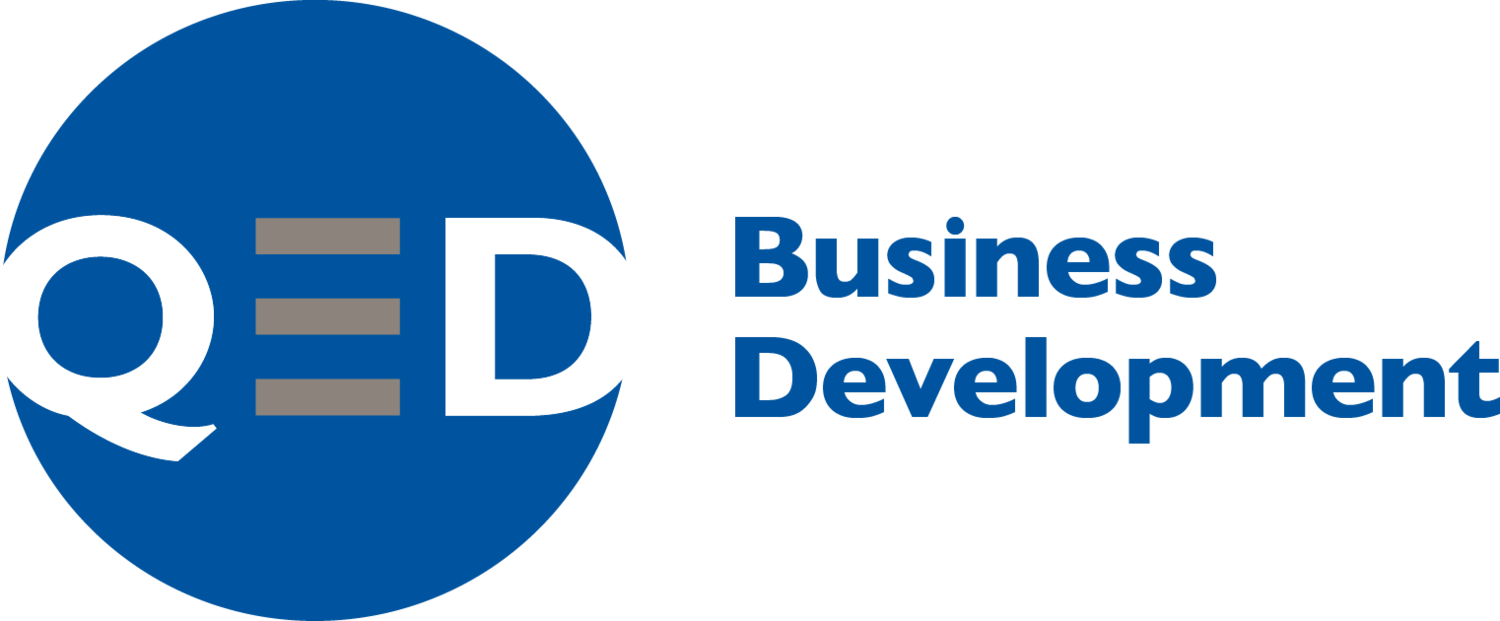An engineering client of mine has a safety briefing (called a ‘safety moment) at the start of every meeting, regardless of the meeting's actual agenda. They take 2-3 minutes each meeting to discuss something they’d learned on a job recently, or highlight an incident they’d heard about elsewhere, or pose a quick hypothetical safety incident and ask for solutions. It is a cornerstone habit around which their business runs, and for very good reason. It reduces accidents, creates a culture of openness, increases awareness and trains everyone from the ground up about the expectations of management and employees to adhere to, and importantly, to improve safety standards.
One day while I was coaching we decided to try something a little bit old, and something new at the same time. We started to have ‘business development moments’ along similar lines to the safety briefing. A quick 2-3 minute dialogue about a lesson learned about process, a tidbit of information a client shared, or a heads up about an upcoming client meeting. And it transformed the place of BD in the business. It wasn’t done at every meeting, but all team meetings and almost all internal meetings. It raised the need for (in this case) engineers to realise the primacy of having new work coming through the door every week. It highlighted the benefits in thinking about business development as a core skill in the organisation. And it taught people that weren’t naturally attuned to the nuances of BD to understand it better, in an open, bite-sized and regular way.
Most importantly of all, both these initiatives were implemented to change bad habits. With all the goodwill in the world, that’s a difficult thing to do. But with education, collective effort, open and honest feedback and crucially, a reason to change, you can learn about BD every day.
Today's BD tip:
- Reflect on your current approach to BD. What do you do well and should do more of? What, with a bit of honest assessment, should you be doing less of? Should you be meeting more people face-face? Should you be speaking less in meetings, and asking more? Should you be tabling an agenda and seeking an outcome? Whatever it is, make a 'what I should change' list. (I have evolved this into a self-assessment diagnostic to make it easier for my clients).
- Search for your reason to change. If you’ve ever lost weight, or given up smoking, perhaps you can draw some lessons as to what worked to change your thinking then. Think about 'when' to make the change. Timing wise it's worth considering a change when come back from holidays.
The 'why' might be if you’re consistently coming a ‘good close second’ in pitches, or struggling to adapt to tougher client demands, or looking to build a sustainable practice from scratch. - If you know what to change, when to change it and why you need to change, do you know 'how' to improve it? If not, seek advice. Ask a colleague who is a ‘rain maker’ what they would advise, ask a trusted internal business development professional, pick up a book about how to improve, go on a course, or seek external help.
- Now, do something differently. It may feel awkward at first, like anything new, but it will only become useful with a little bit of persistence.
- And perhaps reinforce it with a 'BD moment!'
[First published on LinkedIn in Nov 15 under the title 'The What, When, Why and How of improving your BD']

